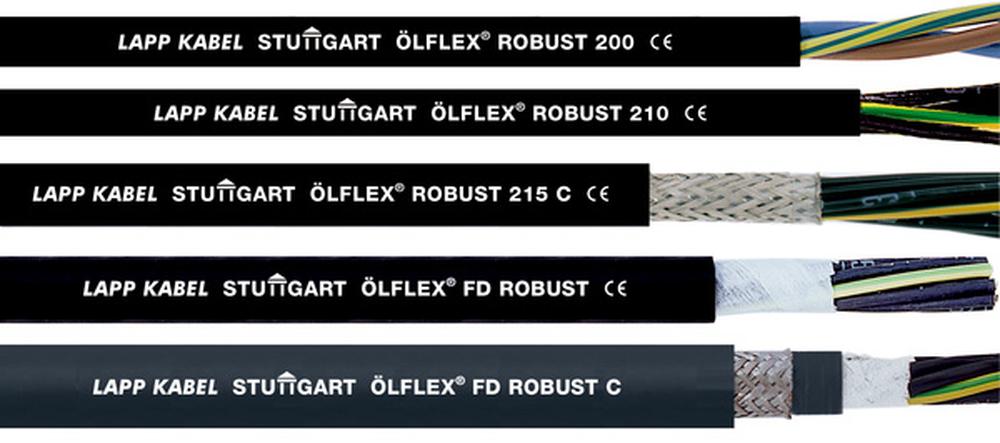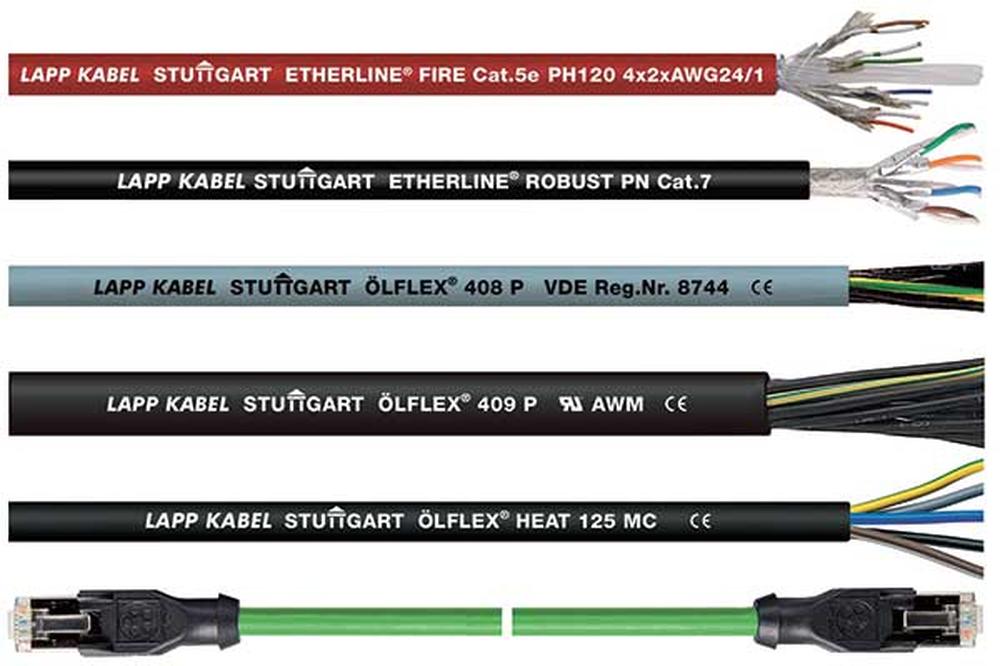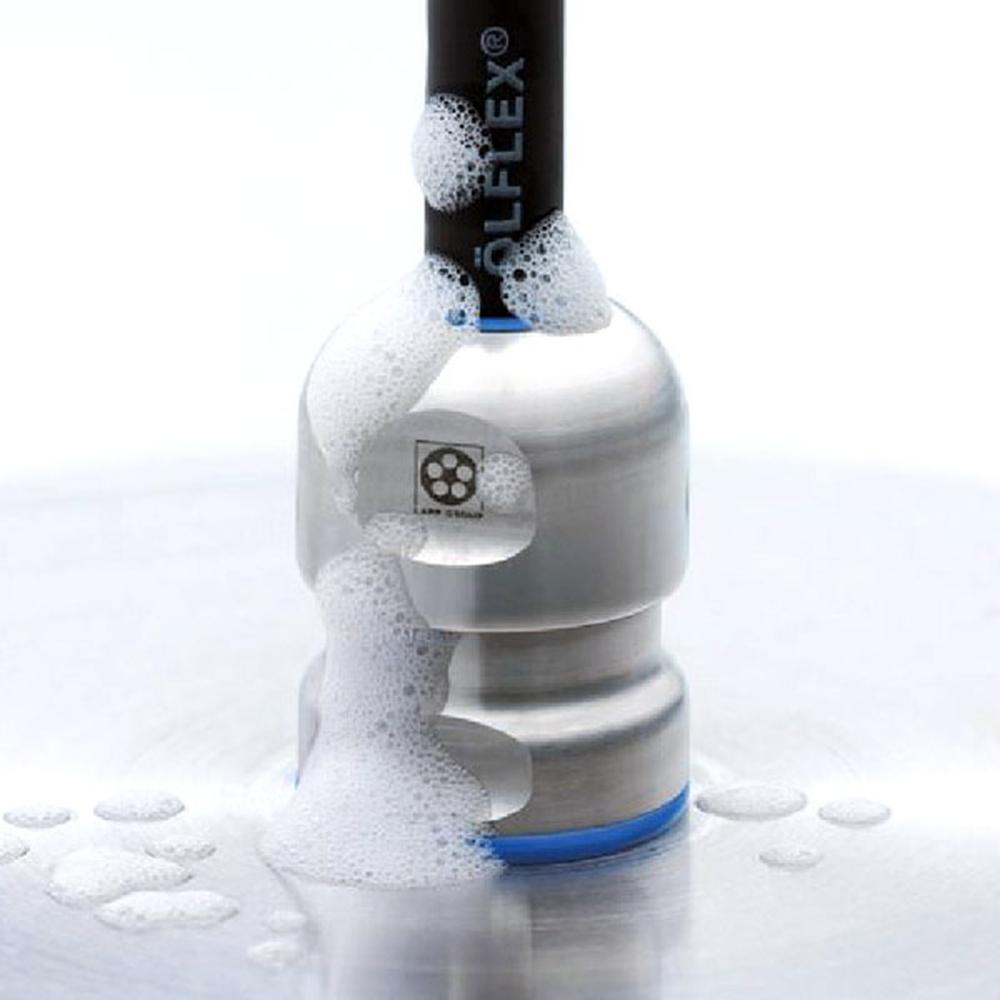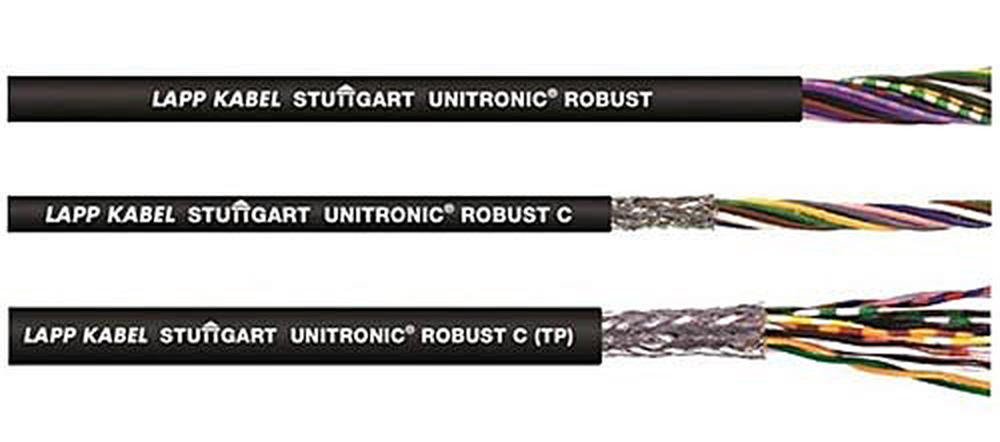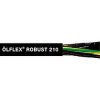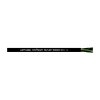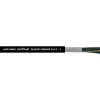The topic of resistance of cables to high and low temperatures has been recently brought to you in our article Ölflex HEAT – and the hot summer won´t surprise you.
If you´re interested in temperature resistance, you probably use cables in somewhat aggressive environment or at least outdoor and thus you´ll also certainly be interested in chemical resistance of cables.
How is it with the chemical resistance of cables?
In general we can say that it´s quite similar to temperature resistance. I.e. – materials with good temperature resistance are often also resistant to various aggressive agents but naturally there´s no exact coherence and it´s only true for certain materials.
A typical example is the PTFE (FEP, teflon,...), which besides an excellent resistance to low and high temperatures also features extreme resistance to majority of known chemical agents. However, it´s quite an expensive material, mainly used for single-cored cables, so it probably won´t be the right choice for majority of applications.
Also less known is the fact that the resistance to various agents is strongly influenced by quality of material used - degree of its refinement by processing and additives. For example, a common PVC insulation can be really “common” with a low resistance to several aggressive agents and with a quick loss of flexibility at low temperatures or on the other side – it can be highly refined and improved PVC with substantially higher resistance and higher flexibility at low temperatures.
Commonly used isolation materials:
PVC (including various modified versions) – probably the most common isolation with good mechanical resistance.
It stiffens by cold (except a special low temperature version – LT). It is relatively resistant to many aggressive agents including nitric acid, petrol and other organic solvents. It has only medium to low oil resistance.
Silicone (for example Olflex Heat 180) has a moderate to high resistance to many inorganic and organic agents, but not to concentrated acids, oils and solvents.
PTFE, FEP and similar “Teflon” based isolations – extremely high resistance to almost all known chemical agents.
It can be said that it´s the material of the “first choice” if you´re uncertain what all can occur in a given environment and you want to be sure that the cable will withstand it. By adding excellent mechanical features in a wide temperature range, it becomes indestructible, almost ideal material. Unfortunately, Teflon is quite expensive. If not the high price, it would probably be the most frequently used material for cable isolation.
Common halogen-free cables from a mixture isolation (Olflex 130H, Unitronic LiHH) – moderate to weak resistance to majority of aggressive agents. These cables are suitable in clean, non-aggressive environment.
Polyurethane (PUR) isolation – very flexible material even in cold conditions, halogen free and highly resistant to abrasion and mechanical damage. Moderate to good resistance to many aggressive agents but there are some agents which are strongly harmful to PUR – mainly strong acids. PUR tends to hydrolyze and absorb water and that´s why it shouldn´t be used in a permanently wet environment.
Rubber isolation (for example H07RN-F) – has very good properties in a wide temperature range (flexible also in cold conditions) and is resistant to many oils. Rubber is quite resistant to many agents but there are some really weak points of this material – for example phosphoric and hydrochloric acid, petrol and other solvents strongly damage rubber.
As mentioned in the beginning of this article, besides the above mentioned well-known materials, top-class producers also have some new materials with very interesting features. It is also the case of the optimised thermoplastic elasthomer TPE used with ROBUST family cables from company Lapp Group.
TPE material used for cables of Olflex Robust and Unitronic Robust families has these features:
- oil resistant (also to bio oils, greases and waxes) and other oily emulsions, which are usually very aggressive to PVC and PUR cables
- resistant to ammonia, biogas and a wide range of aggressive agents
- highly fire safe – halogen free with low smoke density, low-toxic
- resistant to UV radiation, ozone and outdoor environment
- usable from -50 to +90°C
- low capacity
- resistant to frequent steam cleaning, very suitable also to aggressive environment
- tough and smooth surface minimizing cable contamination and easing its cleaning (food industry)
One of the most important features of ROBUST family is their price affordability; that´s why they represent an ideal solution for a fraction of price in comparison to PTFE cables in many cases.
If you need more information, or you are interested in other LAPP Group, products, please do not hesitate to contact us at sales@soselectronic.com
Do you like our articles? Do not miss any of them! You do not have to worry about anything, we will arrange delivery to you.












